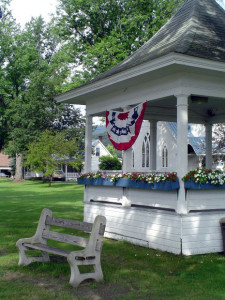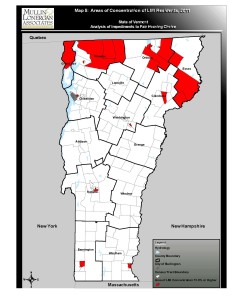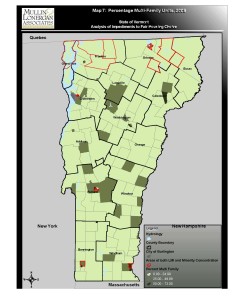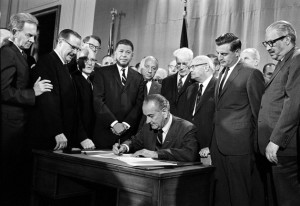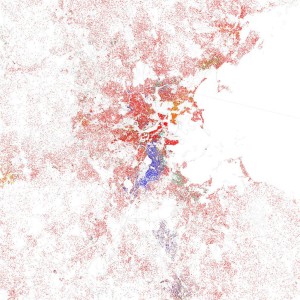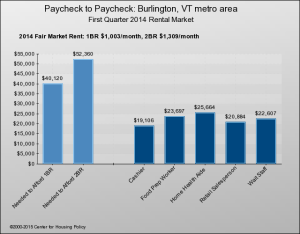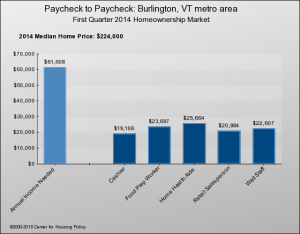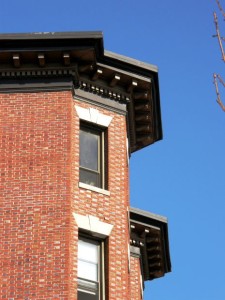An interesting op-ed in the Times today suggests that two recent boons for fair housing – the Supreme Court’s decision upholding the disparate impact doctrine and HUD’s affirmatively furthering fair housing rule – might generate a backlash from an unlikely quarter: white liberals. White liberals tend to be supportive of fair housing initiatives, the argument goes, but not necessarily when then that means stepping up racial integration of their own neighborhoods.
The example cited in the op-ed is New York’s Westchester County, where a Republican executive has been fighting a desegregation order for years, apparently with support from white Democrats in a preponderantly Democratic district. A summary of the Westchester fair housing case, as described by the organization that brought the suit that led to the order, can be found here.
The recent push for racial integration in Westchester is sometimes portrayed as an example vigorous fair housing enforcement – or “affirmatively furthering” of fair housing – that has been mostly lacking around the country over the past four decades.
In Vermont, where racial minorities are less than 5 percent of the population, affirmatively furthering fair housing might have a somewhat different thrust – toward socioeconomic integration. The goal would be to ensure that lower-income people generally have housing choices in low-poverty, high opportunity areas. Granted, low income is not a protected class, per se, under the federal Fair Housing Act. But disability is protected class, and people with disability are more likely to be of lower income; and under the state fair housing law, receipt of public assistance is a protected class, too.
Well then, how are liberal Vermonters likely to respond to socioeconomic integration? Drawing on the Westchester analogy, might some people who profess support for diversity and tolerance object to proposals for affordable housing in or near their own neighborhoods? We’ll see.

